New VAT Flat Rate Scheme
What it is
From 1 April 2017 many businesses who use the VAT flat rate scheme (FRS) are going to see an increase in the Flat Rate % they apply to calculate amounts due to HMRC.
Businesses subject to the new rate are those that have ‘limited costs’.
The definition of a ‘limited costs’ business is given as a business whose VAT inclusive expenditure on relevant goods is either:
(a) less than 2% of their VAT flat rate turnover (in a prescribed accounting period)
(b) greater than 2% of their VAT flat rate turnover but less than £1,000 per annum if the prescribed accounting period is one year (if it is not one year e.g. quarterly VAT returns, the figure is the relevant proportion of £1,000, for a quarterly Return this is £250)
Relevant goods are those that are used exclusively for the purposes of the business. For example office supplies, energy supplies for the business, stock, non-downloadable software.
Items not included as relevant goods include: capital expenditure, food and drink for staff, owners or directors; vehicles and vehicle costs including fuel for businesses not involved in the transport service sector.
Business which do not fall under the ‘limited costs’ definition will be able to use the flat rate percentage applicable to their particular business category.
The 1% discount allowed in the first year of VAT registration has not changed and is applicable to the new rate.
HMRC have provided an online calculator to help business decide if the new rate will apply to them:
https://www.tax.service.gov.uk/check-your-vat-flat-rate/vat-return-period
A full description of the flat rate scheme is here:
Sections 4.3 to 4.6 of the notice explain the new flat rate for limited cost traders, including complete descriptions and examples.
Who it will affect
Businesses that generally supply consultancy services will for the most part be ‘labour only’ under this definition and therefore will be subject to the new FRS rate.
During transition periods the flat rate calculation will involve using two percentages, the original percentage up to 31 March 2017 and 16.5% applicable from 1 April 2017.
Average cost to the business
The table below illustrates the VAT retained in the business when using an FRS percentage of 16.5% and with the 1% first year discount
| Annual turnover (gross) | VAT retained using FRS percentage 16.5% | VAT retained using FRS percentage 15.5% in first year of VAT registration |
| £50,000 | £83 | £583 |
| £80,000 | £133 | £933 |
| £100,000 | £166 | £1,166 |
| £150,000 | £250 | £1,750 |
| £230,000 | £383 | £2,683 |
The VAT retained covers the input tax normally reclaimed under standard VAT which cannot be reclaimed under the flat rate scheme.
For example if the annual gross turnover of the business is £150,000 then the VAT retained from the FRS is £250. This flat rate profit would cover the equivalent of £1,500 of gross (vatable) expenses and could represent a break-even point for deciding if to switch to standard VAT accounting.
Possible actions if subject to the new FRS rate
| Action | Advantage | Disadvantage |
| Remain in the FRS under the new limited costs trader category of 16.5% | Simplified bookkeeping.
VAT checks made by HMRC are limited to checking the quarterly FRS calculation. |
May pay more VAT in costs (expenses and purchases) than is allowed for under the FRS. |
| Revert to standard VAT accounting | All input VAT reclaimed where charged in expenses and purchases. | More detailed bookkeeping required – recording VAT in expenses and purchases.
Retaining vat receipts for all costs where input tax is reclaimed. Possibly subject to more detailed VAT inspections by HMRC. |
| De-register from VAT if net annual turnover is below the compulsory VAT registration threshold (£85,000 from 1 April 2017) | Do not have to deal with VAT and VAT Returns.
Simplified bookkeeping. |
VAT in expenses and purchases will not be reclaimed and therefore becomes a cost to the business |
The business will need to look at the amount of input VAT likely to be reclaimed to assess which option is preferable. As always please contact us if you would like to discuss further or opt out of the flat rate scheme.
Note: All the information and advice in this blog post was correct at the time of writing.







